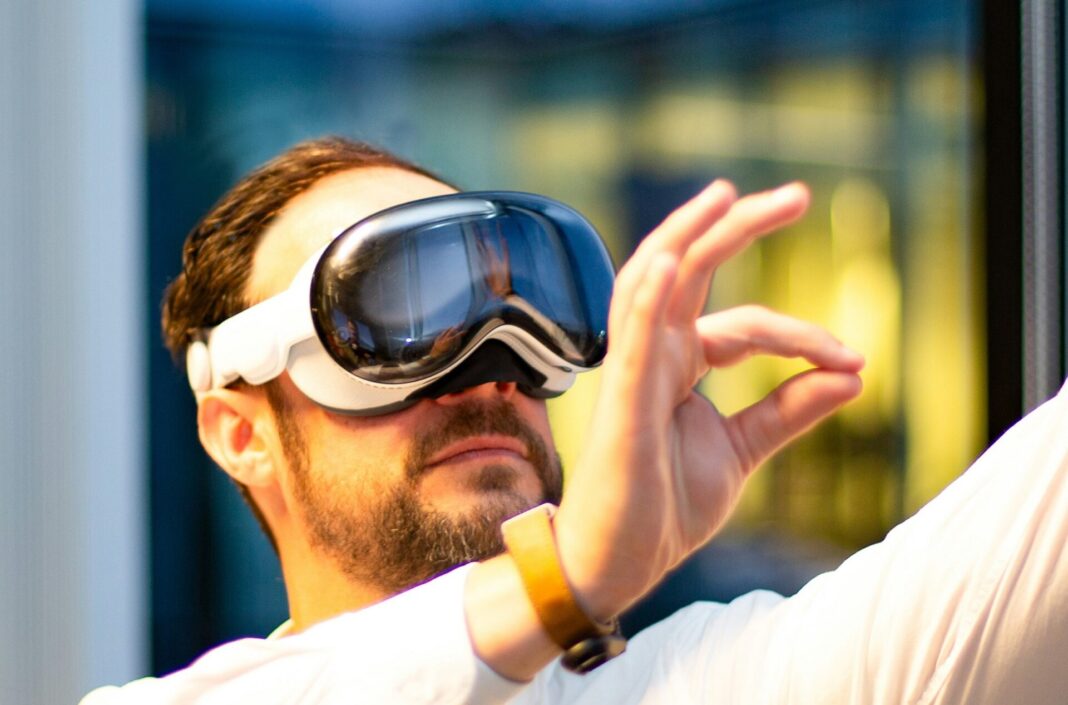In today’s digital world, interface design has transcended beyond simple usability to a sophisticated blend of functionality, aesthetics, and user empathy. Among the newest and most exciting developments in interface innovation is a design methodology known as Insetprag. Though still emerging, Insetprag is rapidly becoming a buzzword in UI/UX design circles due to its revolutionary approach that harmonizes layered minimalism with pragmatic user feedback loops. But what exactly is Insetprag? And why is it gaining traction so quickly among designers, developers, and digital product owners?
In this comprehensive article, we will explore the origins, key principles, benefits, and applications of Insetprag, and examine how it is reshaping the way modern interfaces are built and experienced.
Table of Contents
ToggleWhat Is Insetprag?
Insetprag is a portmanteau of “Inset” and “Pragmatic”, capturing its essence as a design philosophy that balances subtle visual embedding with practical user-first decision-making. It focuses on integrating essential elements—such as navigation, prompts, notifications, and input fields—into the visual structure of an interface in a way that is non-intrusive, contextually embedded, and intuitively accessible.
Unlike skeuomorphic or flat design trends that either mimic real-world textures or remove all ornamentation, Insetprag sits in a nuanced middle ground. It uses shadows, embossing, depth layering, and micro-transitions to create clarity without overwhelming visual noise. At its core, Insetprag is about functional elegance, making interfaces feel organic while remaining deeply rooted in usability science.
Origins and Influences
The concept of Insetprag can be traced to a convergence of design trends and user behavior research in the early 2020s. Influences include:
-
Neumorphism: A style that inspired the soft, inset look of elements.
-
Material Design: Google’s design system contributed the notion of depth and motion.
-
Microinteractions: Small feedback animations that inform user decisions subtly.
-
Behavioral UX Research: User testing revealed a growing fatigue with overly flat, lifeless interfaces.
Designers began experimenting with ways to preserve the clean aesthetic of flat UI while injecting a degree of tactility and responsiveness. Over time, what emerged was a repeatable design system that prioritized user expectations, interaction psychology, and component harmony—leading to the birth of Insetprag.
Core Principles of Insetprag Design
Insetprag is not just a visual style—it’s a strategic framework. Its success hinges on several key principles:
1. Embedded Clarity
Rather than making interface elements float or pop, Insetprag favors embedding them within their environment using light, shadow, and subtle depth cues. This gives the user a sense of spatial positioning and hierarchy without visual clutter.
2. Contextual Utility
Every UI component should appear only when relevant to the user’s journey. Insetprag employs just-in-time UI—buttons, inputs, or helper text only appear when they are needed, reducing cognitive load.
3. Minimal Motion, Maximum Meaning
Animations and transitions are restrained but meaningful. For example, a slight inward press when clicking a button creates tactile feedback without fanfare.
4. Human-Centric Pragmatism
Function is never sacrificed for form. Design choices are driven by real user feedback, A/B testing, and behavior analytics. The most beautiful design in Insetprag is always the most helpful one.
5. Accessibility by Design
High contrast ratios, keyboard navigability, screen-reader compatibility, and inclusive color palettes are standard, not optional.
Why Is Insetprag Gaining Popularity?
There are several reasons why Insetprag is becoming the preferred approach among modern designers and developers:
1. User Fatigue with Flat UIs
Flat design, once celebrated for its simplicity, has reached a saturation point. Users often struggle to distinguish between interactive and static elements. Insetprag restores visual affordance—making clickable items feel naturally “pressable.”
2. Increased Demand for Digital Sophistication
As users grow more digitally literate, they expect refined experiences. Insetprag meets this demand by delivering intuitive, beautiful, and smart interfaces without overwhelming the user.
3. Compatibility with Dark and Light Modes
Because Insetprag is rooted in layered light and shadow, it transitions beautifully between dark and light modes—a key requirement in modern multi-theme UI environments.
4. Boost in User Engagement Metrics
Companies implementing Insetprag report improved engagement time, task completion rates, and reduced bounce rates due to its seamless and emotionally comforting design language.
Use Cases and Applications
Insetprag is being adopted across a variety of digital products. Here are a few areas where it is especially effective:
1. Financial Dashboards
Insetprag’s clarity and organization make it ideal for displaying complex data such as stocks, expenses, and budget overviews. Elements like toggle switches, date filters, and modals are embedded naturally into the interface without feeling obtrusive.
2. Healthcare Interfaces
In apps where user stress might be high—like medical scheduling or patient portals—Insetprag creates a calming, non-aggressive visual environment that supports ease-of-use and clarity under pressure.
3. SaaS Platforms
Admin panels, analytics tools, and enterprise software can become dense and overwhelming. Insetprag helps guide users through multi-step workflows with embedded visual cues and context-based controls.
4. Mobile Applications
On small screens, space is precious. Insetprag’s ability to hide or soften non-critical elements until needed allows mobile UIs to remain clean and efficient.
Insetprag vs. Other Design Frameworks
Let’s compare Insetprag to other major UI trends:
| Design Style | Focus | Pros | Cons |
|---|---|---|---|
| Flat Design | Minimalism, clarity | Clean, fast loading | Lack of visual cues, hard to scan |
| Skeuomorphism | Real-world mimicry | Intuitive for beginners | Cluttered, outdated feel |
| Neumorphism | Soft depth | Visually modern, soft feel | Poor accessibility, sometimes confusing |
| Insetprag | Pragmatic clarity + depth | Balanced, usable, modern aesthetics | Requires thoughtful implementation, new to many teams |
Implementation Tips for Designers
If you’re looking to incorporate Insetprag into your next project, here are a few best practices:
-
Use Layered Shadows Wisely: Soft inner shadows combined with clean outer elevation give that signature inset feel. Avoid overdoing it.
-
Limit Color Palettes: Insetprag thrives on subtlety. Muted or monochrome color schemes with occasional accent colors are most effective.
-
Prioritize Responsive Design: Because Insetprag focuses on contextual presentation, it’s naturally mobile-friendly—but only if responsiveness is planned from the start.
-
Test with Real Users: Pragmatism means designing for actual needs. Run usability tests to validate choices before full deployment.
-
Mind the Load Time: Since depth effects can require higher graphic rendering, ensure performance optimization is part of the build process.
Future of Insetprag
As we move toward increasingly immersive and personalized digital experiences, Insetprag is poised to become a foundational element in the designer’s toolkit. Its emphasis on functionality wrapped in elegance speaks directly to modern user expectations.
Emerging technologies like AI-generated UI components, augmented reality interfaces, and adaptive experience layers are likely to draw heavily from Insetprag’s principles. Already, Figma, Framer, and Adobe XD users are creating plug-ins and shared libraries tailored to Insetprag’s aesthetic and behavioral logic.
Conclusion
The rise of Insetprag in modern interface design represents a return to design grounded in empathy, utility, and aesthetics. It rejects both overly ornamental and excessively sterile design styles in favor of something human, intelligent, and emotionally resonant.
Whether you’re building a finance app, designing a healthcare dashboard, or rethinking your company’s digital front door, Insetprag offers a flexible, beautiful, and effective approach. As this trend evolves, expect to see Insetprag principles become not just popular—but standard—in forward-thinking digital experiences.
If the future of UI design is about making technology feel closer, warmer, and more natural to use, then Insetprag might just be the bridge that connects innovation with intuition.


